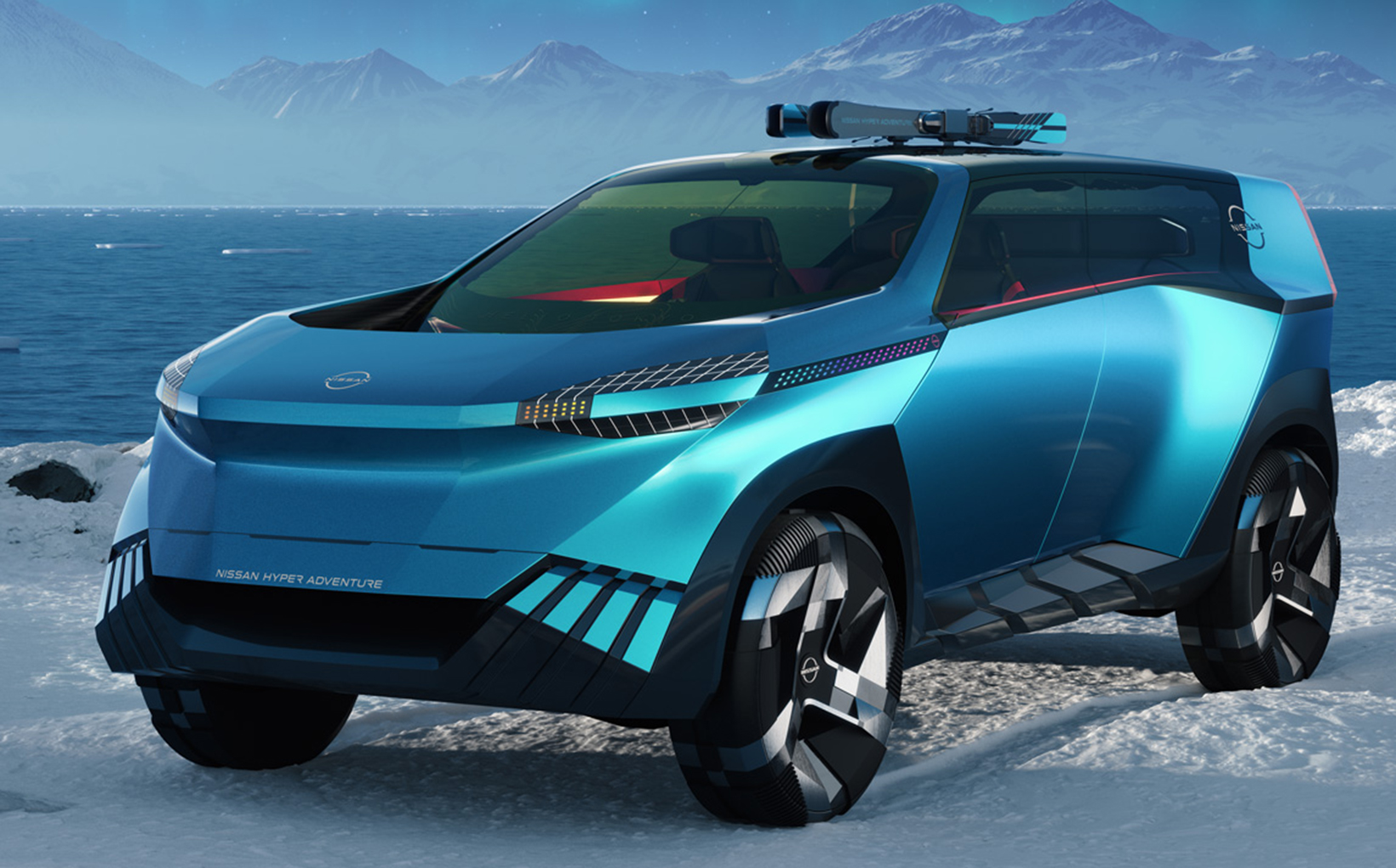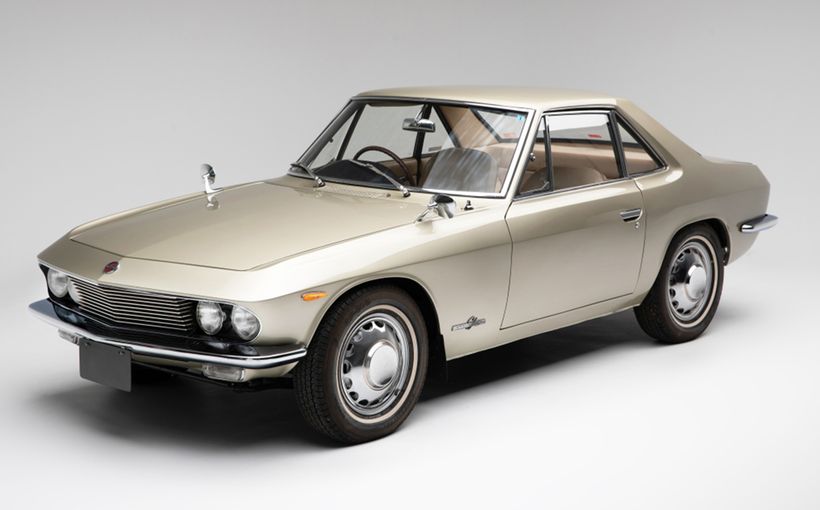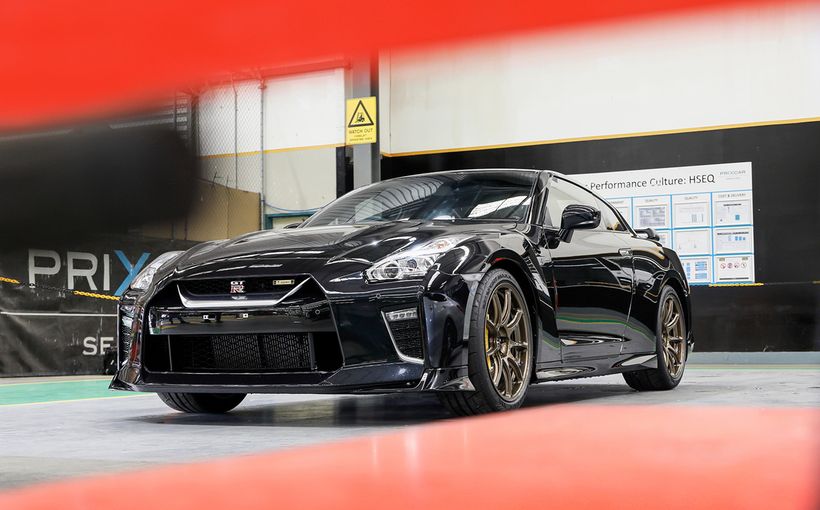BY PETER BARNWELL
NISSAN went to the 2023 Japan Mobility Show (Tokyo Motor Show) with all guns blazing, placing a focus on its “Hyper” range of specialised electric concept vehicles.
Numbered among them was a funky looking people mover, a probable replacement for the GT-R, and this puppy, called the Nissan Hyper Adventure Concept, said to cover off lifestyle applications for a broad audience.
It results from a growing global trend (in developed countries) for “adventure” and “overland” electric vehicles that is gathering pace, and driven by manufacturers like Nissan and others, particularly the Americans.

The Nissan HAV concept is “outfitted for eco-minded outdoor travellers” and is an “advanced” sports SUV model designed for people passionate about outdoor adventures and an eco-friendly lifestyle according to Nissan-speak.
Though non-committal in Tokyo, Nissan has invested a large amount of time, money and effort into these Hyper models suggesting they could be going into production in some form or other.
Apart from facilitating fun in the outdoors, the HAV is intended to allow for extended time on the road and the energy required.

Like some other electric models, the HAV has V2X (vehicle-to-everything) technology that can provide power to homes (V2H) or a local community by contributing surplus power to the grid (V2G).
Nissan says this is envisioned to sustain electricity needs anytime and anywhere while still being respectful of the environment, targeting buyers wanting a suitable weekend jaunt vehicle that can be driven to the local mountains or on a months-long journey to a remote area, with the primary objective to accommodate the diverse needs of those who love the outdoors.
From that we can deduce the HAV is intended to be driven into remote locations and hooked up to accommodations to provide power.

Underpinning this is a large-capacity battery that enables users to power up their utensils and gadgets, light up campsites or even recharge their electric jet skis.
The HAV utilises existing Nissan tech such as E-4orce all-wheel-drive system for traversing a snowy mountain pass or a muddy trail through a rainforest for example.
Nissan says this technology helps ensure that travellers reach their destination smoothly, safely, and in style as exemplified by the HAV’s dynamic exterior design that features a distinctive diagonal line on the side of the vehicle, accentuating the spacious cabin.

The vehicle’s designers have redirected the air flowing through the front spoiler, giving it high aerodynamic performance further enhanced by glass that integrates the roof and side windows and the flush surface of the rear end.
Crampons affixed to the front and rear bumpers convey a tough look and even the wheels are designed as snow traction gears that theoretically allow the car to drive through snowy areas with power and ease.
The cabin has “solutions” to make driving in all situations easy and comfortable focusing on the instrument panel that connects to the bottom of the windshield, serving as a screen with a wide field of view.

The design is said to create a transparent body effect that seamlessly connects the space inside and outside the car.
A purpose-designed cargo space for outdoor equipment such as tents, skis, or even a kayak is provided, while the rear bench can rotate 180 degrees on an axle and create a comfortable sitting area that faces out of the vehicle’s rear. The feature includes automatic extendable and retractable steps that should come in handy when camping, getting ready for a day of skiing, or taking in a scenic view.
Nissan says the Hyper Adventure concept is designed to support a wide range of outdoor adventures comfortably, safely and with a good supply of energy.

Protect your Classic. Call Shannons Insurance on 13 46 46 to get a quote today.








